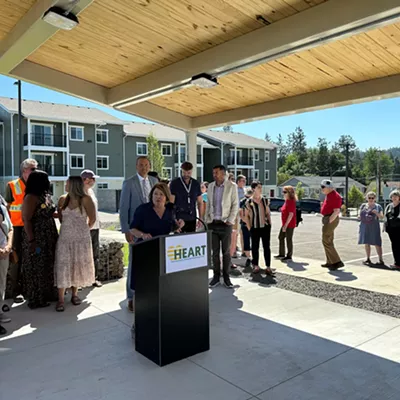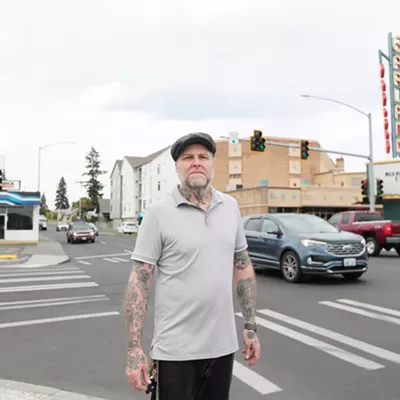Recipe for Disaster -- Easy recipe for permanently losing credibility/perpetuating mediocrity:
1. Advertise extensively that significant sales tax increase is needed to preserve existing services. Show exactly how many cuts will result if tax increase is defeated.
2. Once tax passes, promise that not only will services be preserved, but considerably expanded services are forthcoming.
3. Urge citizens to participate in proposed service expansion "review."
4. Consciously choose not to disclose to service route users that services not only WON'T be expanded but, in fact, will be drastically slashed.
5. Consciously choose to obscure severe service route reductions when contacting local media, realizing they're unlikely to seriously scrutinize press releases.
6. Rely on complicit politicians not to require information disclosure directly to clients which would help clients prevent draconian cuts.
Recipe complete? Look in mirror, make sure you're the Spokane Transit Authority Board (including members like County Commissioners Mark Richard/Todd Mielke and Spokane City Councilmen Al French/Joe Shogan/Brad Stark). Make sure you've gutted Routes 25 and 23 serving thousands of multi-family housing residents along the Bellwood Drive loop. Be sure to avoid returning complaining constituents' calls. If you've followed all steps above -- yes, you have! -- congratulations! You've managed to tarnish a profoundly valuable institution, alienating previously devoted mass transit supporters.
Robert A. Ethington
Spokane, Wash.
Signs, Signs, Everywhere - Uncontrolled signs can quickly destroy a sense of place and damage community appearance. The City of Spokane Valley is now considering new signage regulations that would significantly increase the size and number of signs allowed in the community. These regulations, developed by a committee composed largely of sign industry representatives, could have long-term negative impacts for the new city.
Signage is important in identifying businesses and establishing the character of commercial areas. However, excess signage leads to cluttered, undesirable views and devalues the economic potential of an area. The proposed ordinance would allow more signs and larger signs. Grandfather rights are expanded, and roof signs, which are currently prohibited, would be allowed. A comprehensive sign plan provision also allows the planning director to waive sign regulations for certain areas. These are significant changes and deserve a much broader community discussion than has taken place to date.
The City of Spokane Valley is currently developing its Comprehensive Plan. This effort should be the foundation for developing a long-term perspective on the community's look and feel. Does this future contain a glut of large, closely, spaced signs; or smaller, visually pleasing signs? The decision should be made by the community through its comprehensive planning effort.
The City of the Spokane Valley should delay action on new signage regulations and seek broader public input on this important topic. Any new regulations for the City of the Valley should be developed in concert with the Valley's Comprehensive Plan effort and should reflect the desires of the community.
Melissa Wittstruck
President, Inland Empire Section, American Planning Association
Spokane, Wash.
Publication date: 05/05/05














